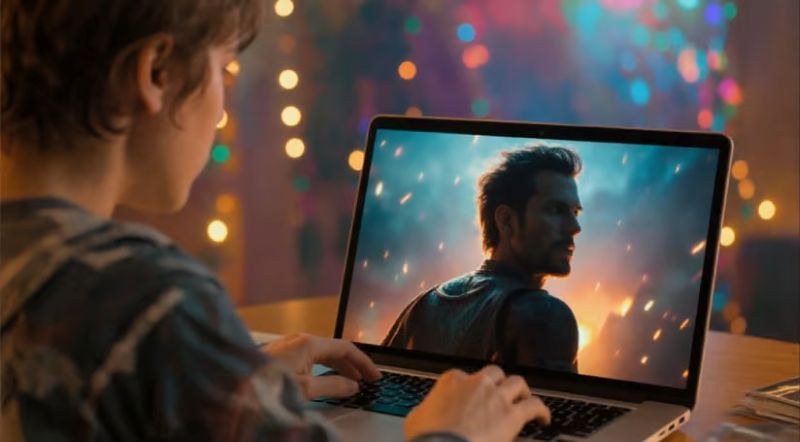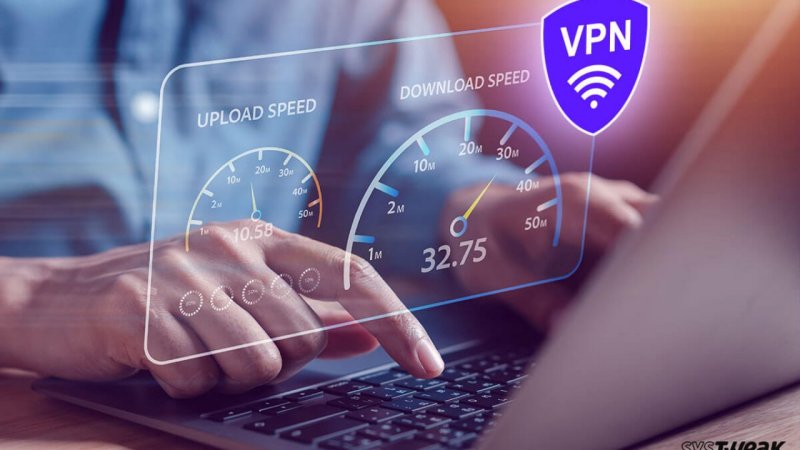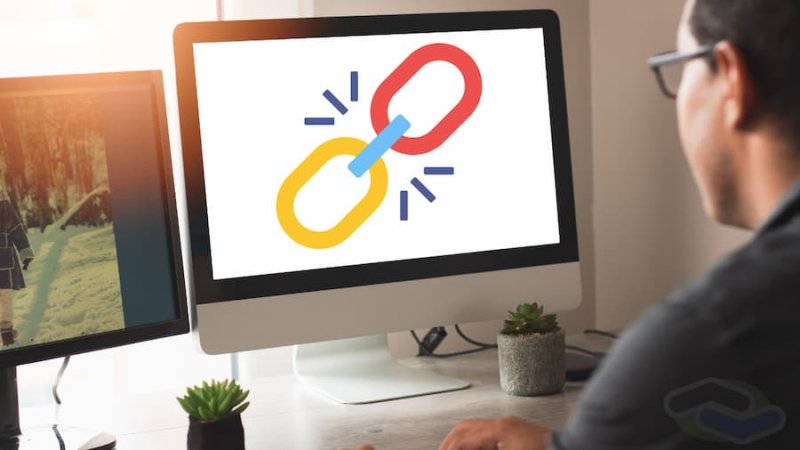
We are living through a silent, digital arms race. On one side, a burgeoning industry of sophisticated artificial intelligence, capable of generating hyper-realistic images, video, and audio with a few text prompts. On the other, our own human perception, a cognitive apparatus evolutionarily tuned to recognize subtle cues of authenticity but woefully unprepared for this new synthetic reality. The disquieting truth is that for now, and for the foreseeable future, the deepfakes are winning. The question is no longer if you will encounter AI-generated content, but when—and more critically, whether you will be equipped to recognize it.
The term "deepfake," a portmanteau of "deep learning" and "fake," has evolved from a niche digital curio to a pervasive societal threat. What began with celebrity face-swaps on pornography has metastasized into a tool for financial fraud, political disinformation, and reputational sabotage. The technology is democratizing at a breathtaking pace. Open-source models and user-friendly apps have placed the power to create convincing fakes into the hands of anyone with a smartphone and malicious intent.
The core of the problem lies in the sheer quality of the latest generative models. Early deepfakes were often betrayed by telltale signs: a blurry mismatch where a face met a neck, unnatural eye movements that never quite met your gaze, or audio that seemed slightly out of sync with lip movements. Today’s iterations, powered by Generative Adversarial Networks (GANs) and diffusion models, have largely conquered these flaws. They are trained on billions of data points—images, videos, and audio clips—allowing them to learn and replicate the intricate patterns of human appearance and behavior with terrifying accuracy.
So, in a world where seeing is no longer believing, how can you, as a professional and a digital citizen, arm yourself with critical scrutiny? While no single method is foolproof, a multi-layered approach to verification can help you discern the synthetic from the authentic.
The Art of Human Observation: Scrutinizing the Subtle
Before relying on technology, hone your own senses. AI, for all its power, still struggles with the inherent chaos and asymmetry of biological life.
- The Uncanny Valley of the Face: Pay meticulous attention to the face, the most common target for manipulation. Look for inconsistencies in skin texture: does it appear too smooth, or are pores and wrinkles uneven or illogically distributed? Examine the eyes: reflections in the cornea are incredibly complex; are they consistent with the lighting environment? Do the eyes blink naturally, or too frequently, or not at all? Watch the teeth: AI often struggles with rendering the individual separations between teeth accurately, sometimes creating a strange, fused or amorphous set.
- The Non-Verbal Tells: Body language remains a significant hurdle. Look for awkward or impossible hand and finger movements. AI models historically had poor training data on hands, leading to extra fingers or bizarre articulations. While this is improving, it can still be a giveaway. Also, observe hair: does it integrate seamlessly with the background, or does it appear as a strange, solid mass? Strands of hair are notoriously difficult to simulate.
- Context and Physics: AI generates images based on statistical probability, not an understanding of the physical world. Analyze the lighting: are the shadows consistent across the scene? Does the angle of light on a person’s face match the light falling on the background? Check for background artifacts: strange blurs, warping, or objects that seem to melt into one another. In videos, look for unnatural movement: does the subject’s head bob or jitter in a physically implausible way?
Leveraging Digital Forensics: Let Technology Fight Technology
Your naked eye can only take you so far. Fortunately, the same field of AI that creates deepfakes is also generating tools to detect them.
- Metadata Analysis: Every digital file carries a hidden log of its own creation called metadata. Tools like Exif data viewers can reveal the camera model, date, time, and location a photo was taken. A video purportedly shot on an iPhone that shows a metadata signature from a generative AI model is an immediate red flag. However, be warned: metadata can be easily stripped or falsified, so its absence is not proof of a fake, but its presence can be proof of authenticity.
- Reverse Image Search: This is one of the most powerful and accessible tools at your disposal. Platforms like Google Images, TinEye, or Yandex allow you to upload an image or paste a URL to see where else it appears online. An AI-generated image of a dramatic event that has no other instances online, or only appears on obscure forums, is highly suspect. It can also help you find the original source image that was manipulated.
- Specialized Detection Software: A growing market of startups and academic projects offer deepfake detection suites. These tools use their own AI models trained to spot the microscopic digital fingerprints left by generative algorithms—artifacts invisible to the human eye. They might analyze statistical noise patterns, color channel inconsistencies, or specific frequency domain artifacts. While promising, this is a constant cat-and-mouse game; as detection improves, so does the generation technology.
Cultivating Digital Literacy: The Most Crucial Defense
Ultimately, the most robust defense against deepfakes is not a technical tool, but a cognitive one: a cultivated and relentless sense of digital literacy.
- Consider the Source: Where did you encounter the content? A meme on a fringe social media channel carries infinitely less credibility than a video from a major, reputable news organization with a known chain of custody for its content. Be inherently skeptical of content that arrives via encrypted messaging apps or unvetted social media accounts.
- Interrogate the Motive: Cui bono? Who benefits? Does the content seem designed to evoke a powerful emotional response—anger, fear, outrage? This is a hallmark of disinformation campaigns. Before sharing, pause and ask what the creator’s agenda might be.
- Seek Corroboration: Is this story being reported by multiple credible outlets? Can the claims be verified through primary sources? A single, shocking piece of media without any independent verification is a massive red flag. In the professional realm, this means picking up the phone or using a secure channel to confirm information that seems out of place.
The deepfakes are indeed winning the technical battle for now, creating a pervasive background radiation of doubt that erodes the very foundation of shared reality. This is not a reason for despair, but a call to action. The solution lies in a fundamental shift in our consumption habits. We must move from passive acceptance to active verification, from being an audience to being investigators.
Trust must become a privilege earned through transparency and verification, not a default setting granted to any compelling image or video. By combining sharpened observation, technological aids, and, most importantly, a healthy and professional skepticism, we can build our individual and collective immunity. We may not be able to stop the deepfakes from coming, but we can certainly stop them from winning.







0 Comments
Post Comment
You will need to Login or Register to comment on this post!